Temperatura Ideal Casa - Compruebe los Ajustes Recomendados del Termostato
¿Has prestado atención a la temperatura ambiente? ¿No? Es un gran error, porque resulta que tiene un gran impacto en tu bienestar y salud. Pero este asunto no es tan sencillo como parece. ¿Por qué? Porque los ajustes recomendados del termostato son diferentes para cada habitación. Uno puede confundirse con todo esto, especialmente si ha estado ignorando el asunto hasta ahora. Por eso estamos aquí para ayudarte. Comprueba cuál es la mejor temperatura para dormir y vivir.
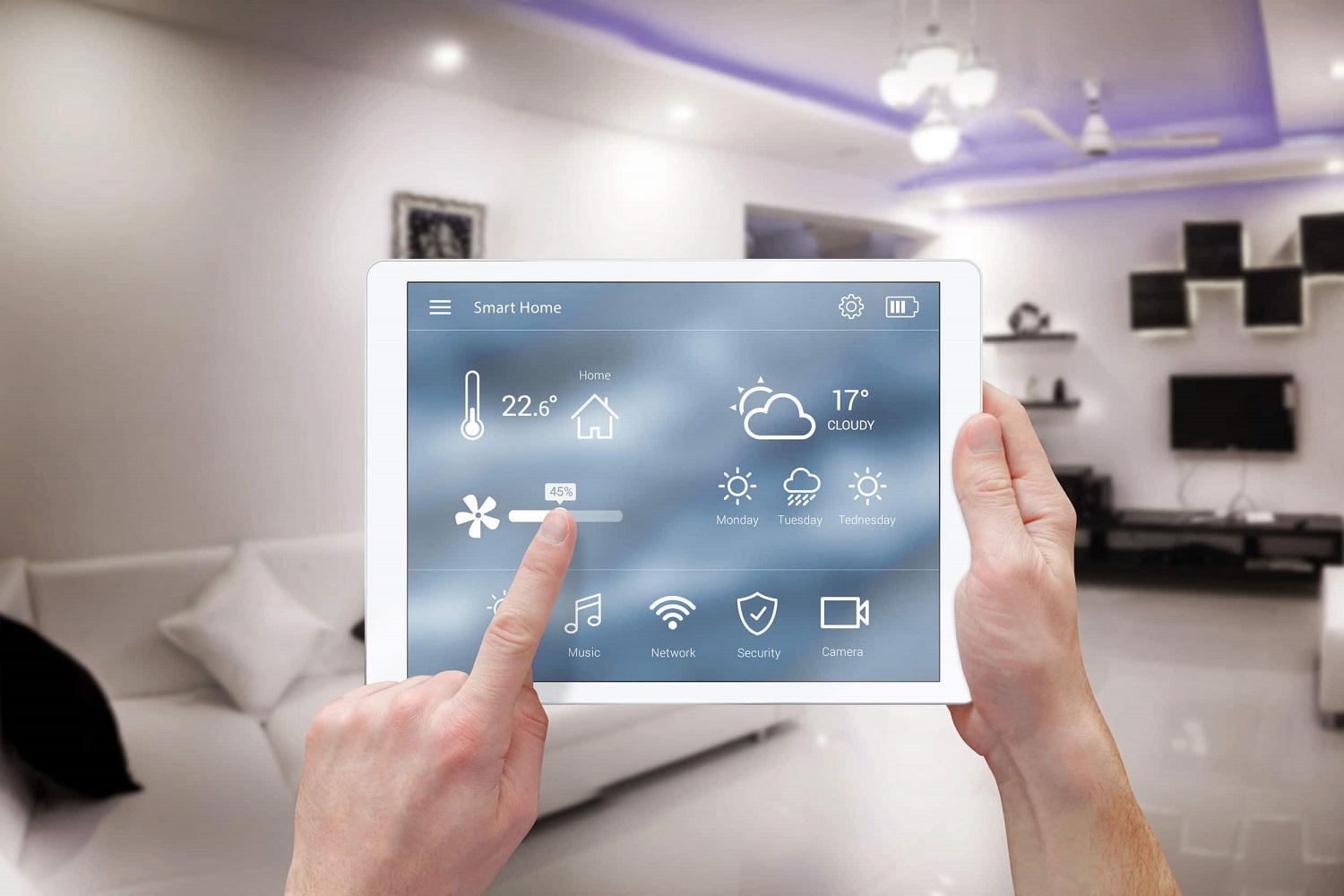
La mejor temperatura ambiente - no sólo para medir el calor en el interior
¿Has pensado alguna vez en el término ‘temperatura ambiente’ que se utiliza a menudo en el habla cotidiana. ¿Ejemplo? Cuando le das agua a un niño, no sacas una botella directamente de la nevera, sino que coges la que está sobre un armario. También, cuando cocinas, puedes encontrarte con una nota en la que se indica que los ingredientes deben estar a “temperatura ambiente”, para que sean más fáciles de usar - normalmente es la mantequilla.
Hasta aquí, todo bien. Pero ten en cuenta que cada persona experimenta un confort térmico diferente. Está relacionado con los diferentes hábitos, la complexión corporal y las condiciones de salud. ¿Qué es exactamente la mítica temperatura ambiente de la que tanto se habla? Sigue leyendo y descúbrelo.

Ajustes recomendados del termostato: ¡sabemos cuáles son!
La temperatura de la habitación también suele llamarse temperatura ambiente. Se expresa en grados Celsius o Fahrenheit. Tiene una gran influencia en el bienestar, pero también en las funciones corporales. 15-25°C (59-77°F) es el rango más amplio de la temperatura ambiente recomendada. Pero, en realidad, todo depende del estilo de vida de cada uno, de sus necesidades individuales y, a veces, incluso del sexo. Resulta que las mujeres suelen preferir los interiores más cálidos, mientras que los hombres eligen los más fríos. Además, los que hacen deporte con regularidad o tienen una actividad física más que normal, prefieren una temperatura ambiente más baja.
Por lo general, son pocas las personas que viven en una misma casa, por lo que la mencionada amplitud suele reducirse. Por este motivo, es posible que hayas oído que la mejor temperatura ambiente está entre 18 y 22 °C (64,4-71,6 °F). Pero esto tampoco es un buen indicador. ¿Por qué? Porque, de hecho, la mejor temperatura ambiente es diferente para dormir, diferente para una sala de estar durante, y diferente para un baño.

Temperatura de la habitación: ¿cuáles son los ajustes recomendados del termostato para una sala de estar?
¿Es el confort térmico su prioridad y, por tanto, se pregunta por la temperatura de la casa para las zonas de estar en general? El salón, la habitación de invitados y el pasillo no deberían estar demasiado calientes, ni demasiado fríos. Esto significa que, en función de las preferencias individuales, el ajuste recomendado del termostato para estos interiores se sitúa entre 20 y 22°C. Gracias a ello, no te congelarás y tu organismo no se verá abrumado por un calor excesivo, lo que podría disminuir tu productividad.
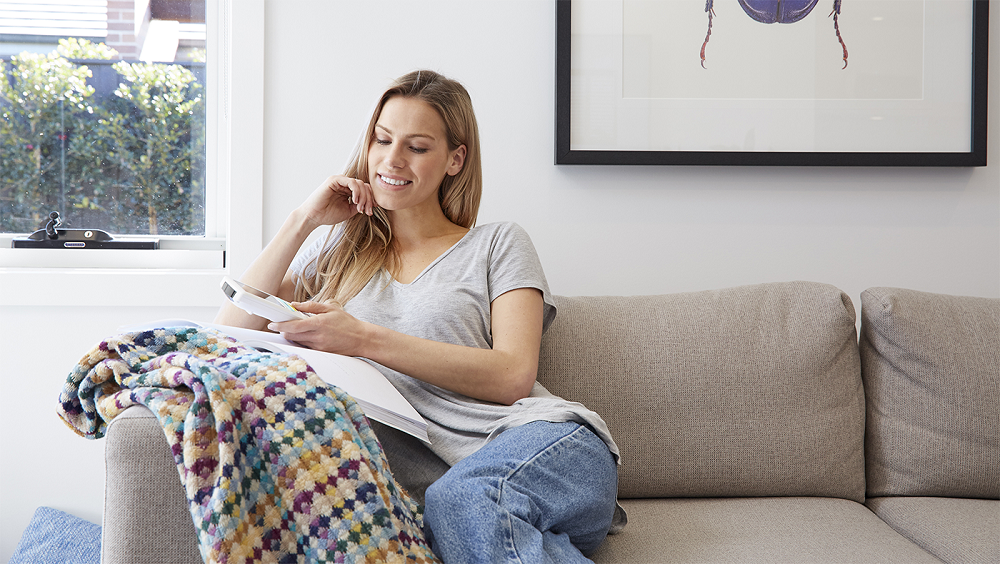
La mejor temperatura para dormir - ¡diferente de la temperatura de la casa!
Ya sabes lo que se ha mencionado antes, tu organismo no será productivo si la temperatura de la habitación es demasiado alta. Esto también afecta al tiempo de regeneración. Como puede sospechar, la mejor temperatura para dormir debe ser inferior a la recomendada para la sala de estar. ¿Cuáles son los ajustes recomendados del termostato, en este caso? 17-18°C, es decir, entre 62,6 y 64,4°F.
¿Tienes frío por la noche? Recuerda que siempre es mejor cubrirse con una manta extra que subir la calefacción. ¿Por qué? Así, el aire que respiras es mejor para tu organismo, y evitas el sueño ligero, que te haría sentir cansado todo el tiempo.
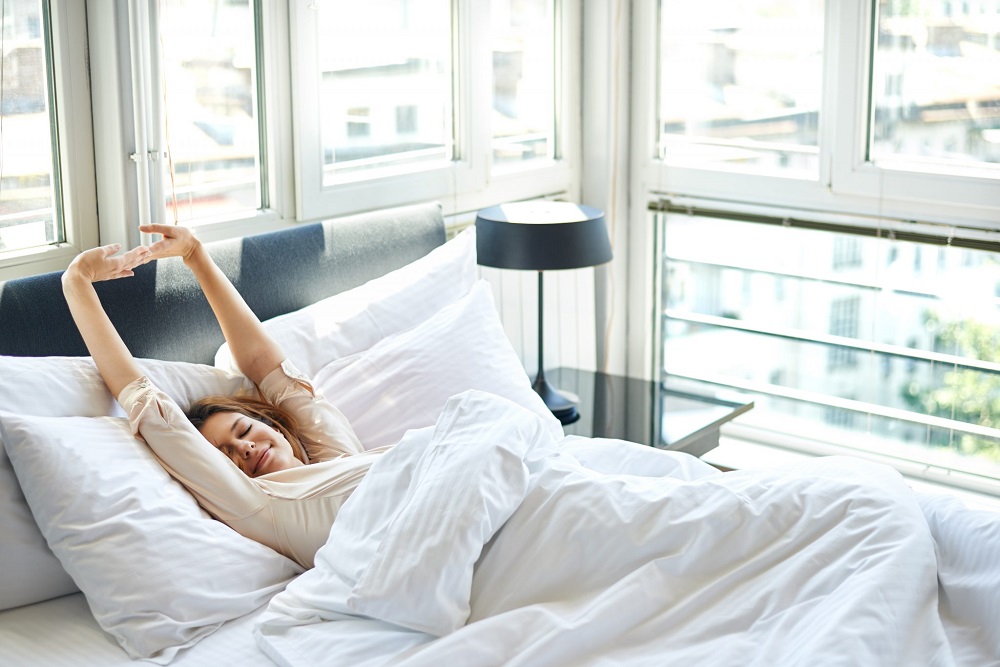
¿Qué temperatura ajustar el termostato en un baño?
Un cuarto de baño es un interior característico, y una de las pocas habitaciones en las que el ajuste recomendado del termostato es más alto. ¿Por qué? Porque es la habitación en la que te quitas la ropa y calientas tu cuerpo en agua caliente cuando te duchas o te bañas. Si después entras en una habitación fría, podrías resfriarte: arriesgar tu salud no merece la pena.
Como afirman los expertos, la temperatura interior ideal en un cuarto de baño debe ser unos grados más alta que en el salón. Esto significa que la mejor temperatura ambiente en este caso es de 22-24°C (71,6-75,2°F).

¿Qué pasa con la temperatura ambiente para un bebé? ¿Debe ser más alta?
Por miedo a la salud de sus bebés (especialmente los recién nacidos), muchos padres calientan demasiado la habitación. El resultado puede ser un mal bienestar y problemas de salud del niño. Muy a menudo, al visitar a tus amigos, sientes un calor casi insoportable. Quitarse el jersey no sirve de nada, e incluso si sólo llevas una camiseta, te sientes como si estuvieras en una isla tropical.
Si el bebé no está enfermo, la temperatura de la habitación del bebé no debe ser superior a la recomendada para una sala de estar, es decir, entre 20 y 22 °C. Es más, debe reducirse por la noche. Lo mejor es que disminuyas la temperatura de la habitación del bebé en 2 grados con respecto a la configuración durante el día.
La única excepción es cuando se baña al bebé en la habitación en lugar de en el baño. En este caso, el ajuste recomendado del termostato es de 24 °C (75,2 °F).
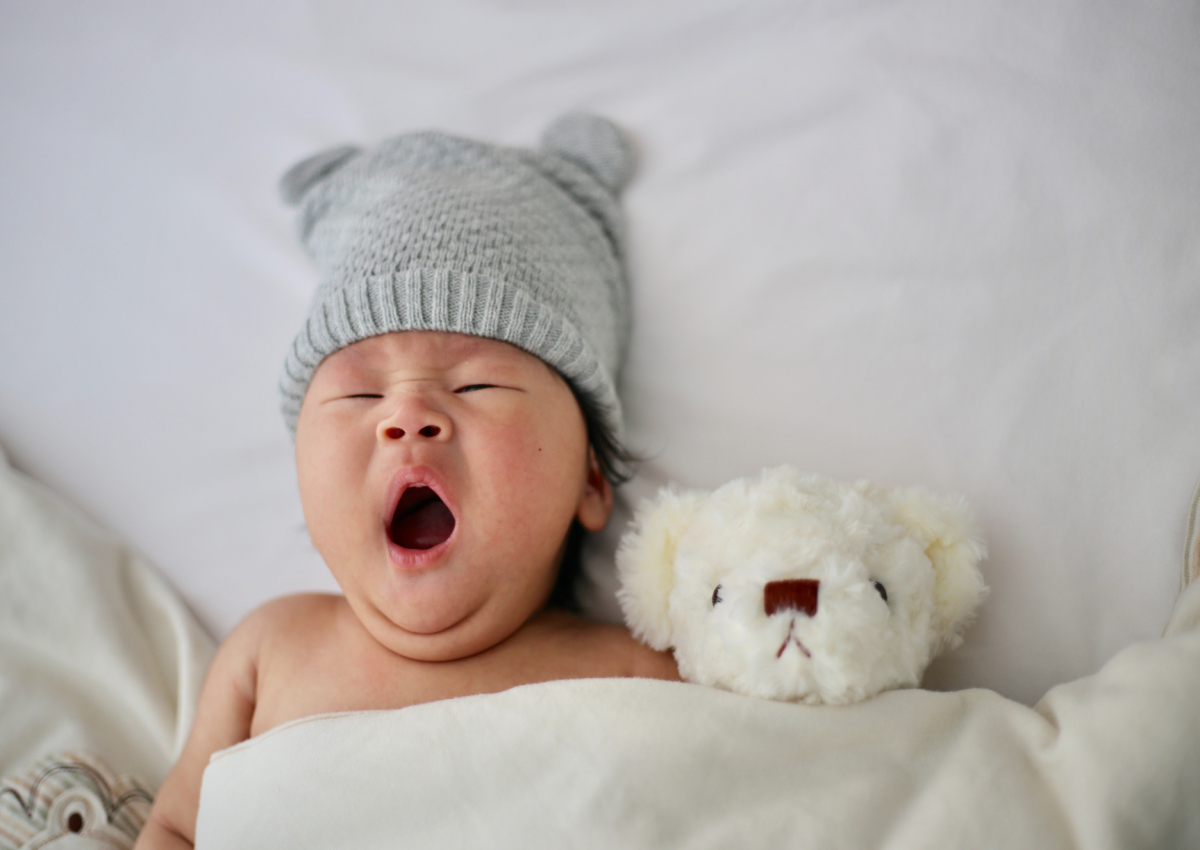
¡La temperatura ambiente no es todo! Compruebe la humedad
La temperatura interior óptima es sólo uno de los factores que contribuyen a tu bienestar y productividad. ¿De qué más deberías acordarte? La humedad, porque es tan importante como la temperatura ambiente.
La humedad adecuada en un espacio habitable debe mantenerse en torno al 40-60%.
- Si es demasiado bajo, el aire secará no sólo tu piel, sino también las mucosas. Puede esperar que se le irrite la garganta y se le baje mucho el ánimo. Un humidificador de aire es absolutamente esencial en tal caso - puede ahorrarle muchos problemas de salud.
- ¿Y si la humedad supera los niveles máximos? Tampoco es una buena información. El exceso de humedad puede provocar la aparición de moho y diversos hongos. Estos atacan el sistema respiratorio, lo que es una situación muy peligrosa, especialmente para los alérgicos. En este caso, hay que encontrar el origen del problema e invertir inmediatamente en deshumidificadores. Un buen purificador de aire también puede ayudar.
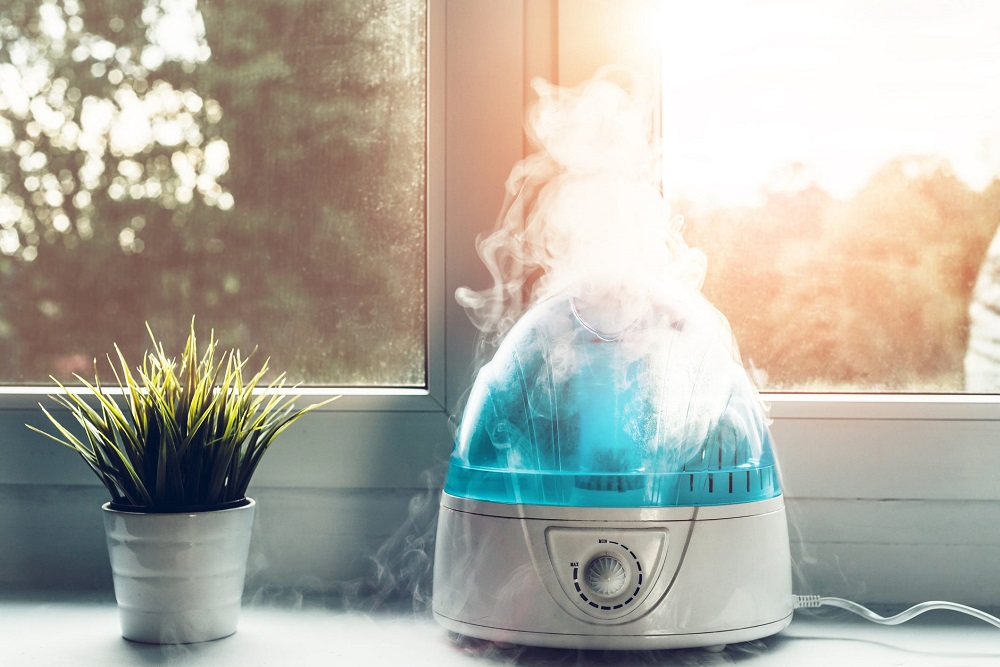
📍 ¿Cuál es la temperatura normal del calor en una casa?
No existe una temperatura ambiente óptima para todo el mundo. Debería oscilar entre los 18 y los 22 °C (64,4-71,6 °F), según tus preferencias. Sin embargo, ten en cuenta que es diferente para cada habitación. El cuarto de baño debería ser el más cálido, con el salón en medio y el dormitorio más frío.
📍 ¿Cuál es la temperatura ambiente recomendada para un bebé?
La temperatura ambiente para un bebé es exactamente la misma que la de una sala de estar. Te recomendamos que la pongas a 20-22°C (68-71,6°F). La única excepción es la situación en la que se baña al bebé en la habitación: en este caso, ajuste el termostato a 24 °C (75,2 °F).
📍 c¿A qué temperatura poner el termostato en el dormitorio?
La temperatura de un dormitorio es crucial para un buen sueño y la regeneración del cuerpo. Mucha gente no sabe que debe ser más baja que la del resto de la casa. Esto significa que la mejor temperatura para dormir es de 17-19°C (62,6-66,2°F).
📍 ¿Cuál es la temperatura ambiente ideal en un baño?
El cuarto de baño es el único interior de la casa donde la temperatura debe ser más alta. Aunque no tiene por qué estar así todo el tiempo, se recomienda para ducharse o bañarse. 22-24°C (71,6-75,2°F) es lo óptimo, tanto para adultos como para niños pequeños.
Artículos destacados




